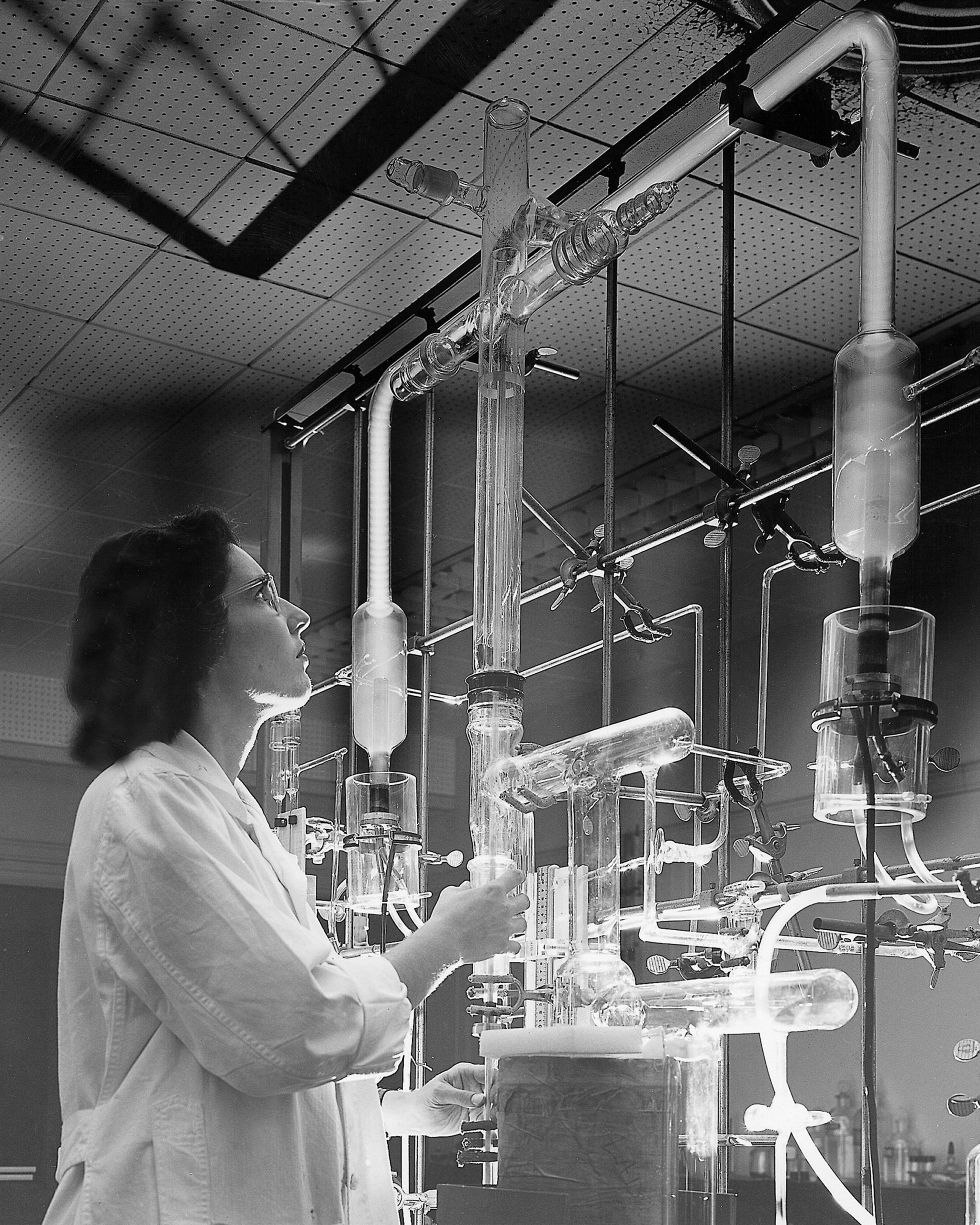- 3-minute read
- 6th May 2016
5 Tips on How to Write a Good Results Section
If you’re writing a dissertation, you shouldn’t be surprised to learn that the results section is fairly important. After all, it’s where you present your findings – the fruits of your research.
However, a good results section should do more than just present data. It’s also vital that your findings are easy to understand, and that they help answer your research question.
But how can you achieve this in your work? We’re glad you asked…
1. Know What You Need to Do
The first thing is to work out whether you’re writing a ‘Results’ section, or a ‘Results and Discussion’ section.
Many universities require a separate results chapter in your dissertation or thesis (i.e. the data and statistical analysis), followed by a standalone discussion chapter about how your findings relate to existing research.

2. Focus on Relevant Results
If you’ve collected lots of data, there’s a chance not all of your findings are directly relevant to your research question. Part of writing a good results section is drawing your reader’s attention to the most important results.
Find this useful?
Subscribe to our newsletter and get writing tips from our editors straight to your inbox.
This isn’t to say you shouldn’t include results which don’t support your hypothesis (these are just as important to understanding your work). It’s simply that your results section will be easier to read if non-essential data is saved for the appendices.
3. Refer Back to Your Methodology
Every result included in your dissertation should come from a process documented in your methodology section. If you haven’t explained how the data in your results section was gathered, it will be very confusing for your reader.
Likewise, if you describe a particular technique for gathering data in the methodology chapter of your dissertation, you should include some of the data gathered using this method in the results section.

4. Visualise It!
Using visual methods to present data is a great way of making your results section easy to follow. If appropriate, consider using charts, graphs, tables or figures to present results, but make sure to label all tables and figures carefully!
5. Avoid Repetition
If you’re presenting data in graphs or tables, the accompanying text should add something new, rather than simply repeating what your reader can already see in the graph/table.
This could be as simple as briefly describing the data and pointing the reader towards particular tables/figures, but could also involve mentioning relevant control tests or data not included in the main results section.